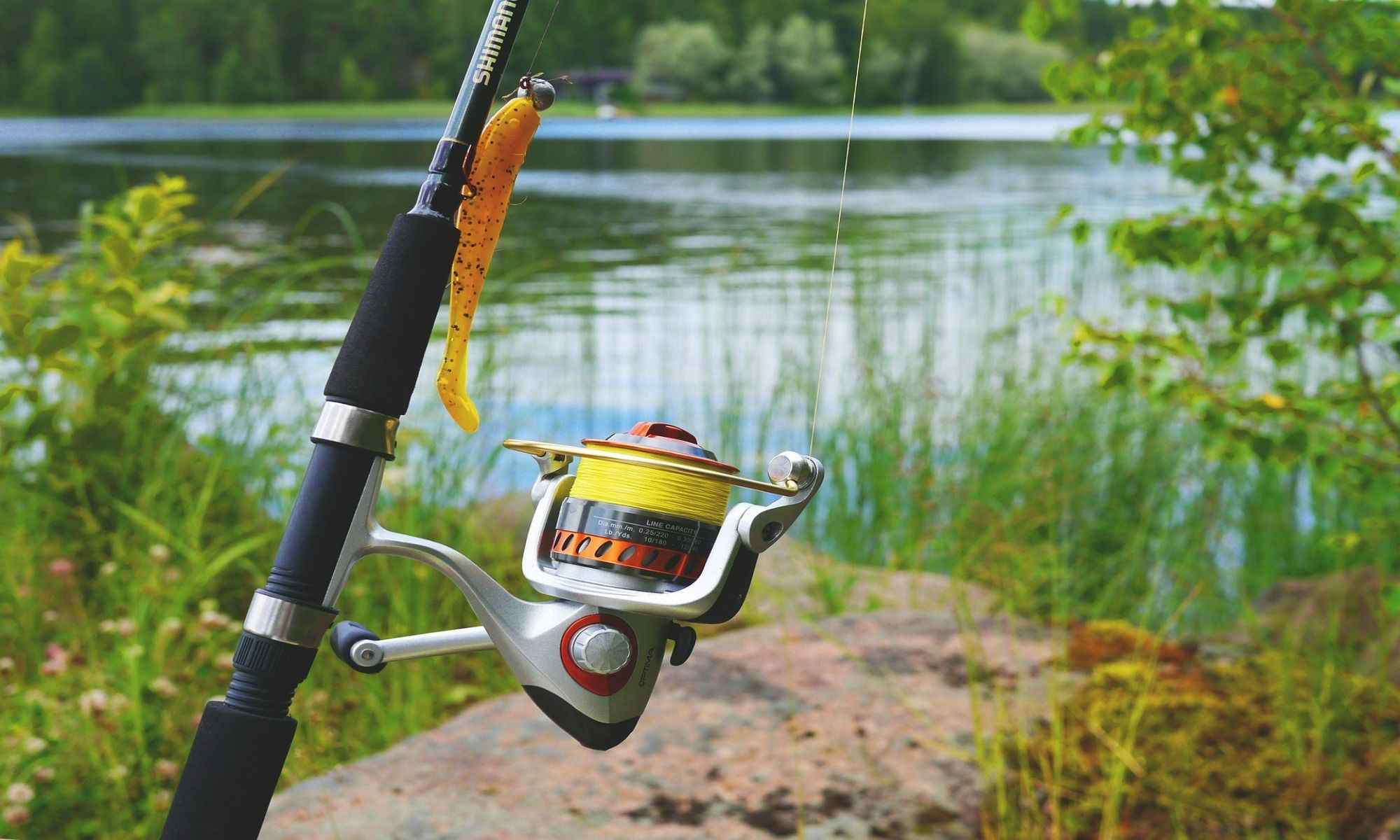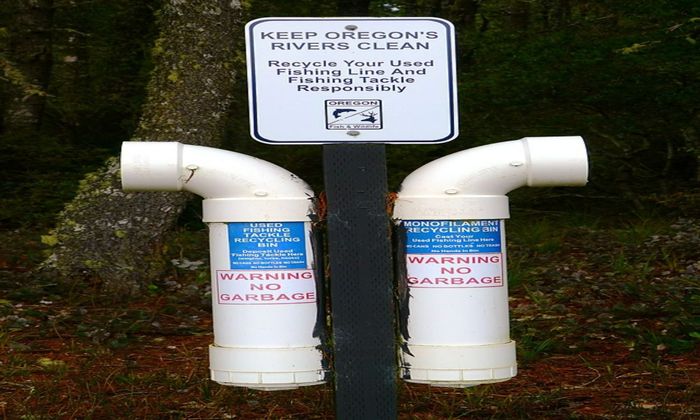How to Recycle Fishing Lines and Why You Should
A guide on how to recycle fishing lines and why it's so important.

One thing that sets fishing apart from other sports is being surrounded by nature. Many of the best fishing spots in America are also home to some of the most beautiful ones. However, since fishing and wildlife go hand in hand, anglers are expected to take care of these sites. There were times, many decades ago, that there was little care in maintaining bodies of water that many anglers frequent. Whether through dumping waste into the water or overfishing, these actions have had long-term effects on some of America’s waters. Some of these consequences can even be felt today, like near-extinct fish species, dried-up lakes, and uninhabitable waters. Today, modern-day fishing comes with many rules and regulations, many of which can be found at the back. Things like dumping waste into the water are strictly prohibited, closely monitored, and come at the risk of huge fines. Seasonal fishing regulations are also strictly enforced to prevent overfishing and the potential extinction of certain fish.
Although there are many rules to follow, they are all enforced to ensure that anglers' fish can be enjoyed for many years to come. Though not a specific rule to follow, recycling fishing lines is something many anglers are recommended to do. It isn’t a crime to throw used fishing lines, but unseen consequences can be. With the entire world being more environmentally conscious, there’s no harm in going along the trend. Here are some reasons why anglers should recycle fishing lines and how to do it.

Recycling Fishing Lines: Everything You Need to Know
1. Why It’s So Important to Recycle Them
While simply throwing away fishing lines isn’t prohibited, the coast guard and various wildlife officials strictly enforce careful disposal of any materials and waste during a fishing trip. Fishing lines can be a hazard to fish and many other forms of wildlife when disposed of improperly. They can get caught in fish mouths, making it hard for them to eat. Smaller fish can be strangled and cause severe injuries as well. Many debris that finds itself in the ocean can also impede aquatic animals’ fishing. Birds are also susceptible to being injured by fishing lines as their long beaks can get entangled by them. Even when disposing of them as most people normally would, ending up in landfills can result in small animals and birds trying to eat them. Entanglement through fishing lines can cause loss of limbs and, at worst, death. Fishing lines can even drift to parts of the water where people frequently swim in and cause them injuries, cuts, and even infections. Though less common, a sizable amount of debris can even damage boats. Entangled fishing lines can damage propellers and engines.

Besides its effects on the environment and harm to other people, fishing lines also negatively affect infrastructure. Piers and docks where lines have accumulated can be damaged. Canals and other important waterways can also be blocked by fishing lines, causing stagnation in water and even blocking fish from passing through. Though not a big issue on a larger scale, lending a small hand with preventing the migration of fish can have huge effects on their population and their ability to grow it. Plankton, crabs, and other bait predators feed on can also be blocked by debris that fishing lines contribute to. While some small prey can come through, it can also mean a shortage in food for some ecosystems. Of course, this will all lead to problems in fish populations.
Despite the many problems with the reckless disposal of fishing lines, the biggest problem with handling them is mainly because of the material they’re made of. Fluorocarbon and monofilament, the most common materials used on fishing lines, are hard to break down naturally. Many fishing lines are left underwater to contribute to the enlarging garbage patches that float around the oceans. Many of these will probably remain there for centuries. Monofilament, when left alone, will only degrade after 600 years. Fishing lines made out of fluorocarbon can even last for almost 4000 years. This makes handling the disposal of fishing lines even harder. Simply throwing materials in landfills can negatively affect the environment. Of course, burning such materials is just as, if not more, hazardous to both the environment and other people.
2. How to Properly Dispose of Fishing Lines
With the fishing lines being made of what it is, it can be a pain to dispose of them. Many anglers fall into the trap of simply throwing fishing lines along with recyclable materials. This, of course, doesn’t work as materials fishing lines are made out of are not recyclable in the same way pet bottles and other plastics are. Before even putting fishing lines in a bag marked for recycling, they should cut them into 6-12 inches for easier management. Anglers should check websites if their areas’ garbage disposal has the means to take the fishing lines to the right means to recycle them properly. Some sites do not have the proper facilities and will probably be in a landfill; other places will do if the angler’s residence does not provide fishing line disposal. Some recreational fishing stores offer this service and piers, docks, and popular fishing trip destinations.
Many of the disposal sites focusing solely on fluorocarbon and monofilament materials repurpose them into other types of plastics like tackle boxes and spools. Before handing outlines to these disposal sites, anglers should never forget to take off lures, as they do not recycle them. Weeds and other flora that get attached to lines should also be removed.
When there’s no other option than to send it to landfills, it’s best to put lines in containers. These containers should be sealed tight for animals to get into them. It’s also good to remember that braided lines are not recyclable due to their additive materials.





